The work balances the nobility of the material, decorative richness, and religious fervor. The visual contrast between the dark bronze of Christ and the gilded background magnifies the sacred scene of the Crucifixion.
In the center, Christ on the cross stands out powerfully in dark bronze, expressive and slender, in a posture of serene suffering. He is depicted in classical iconography: arms in a V, head bowed, feet one on top of the other, body slightly bent. A circular halo placed horizontally on his head evokes both holiness and a form of divine glory, quite rare in traditional representations. The background, in openwork carved wood, features a stylized plant decoration of scrolls, rosettes, and foliage, in a rich, typically Baroque ornamental style. Below, a stylized urban scene most likely depicts the city of Jerusalem, with its walls and vaulted buildings, anchoring the Crucifixion in its biblical setting. Materials: Carved and gilded wood (support), patinated bronze (Christ)
Period: Late 18th century
Origin: Northern Italy: Lombardy, from a private chapel on the shores of Lake Como
Technique: Hand-carved, gilded, cast in bronze
Dimensions: 28 cm (height) x 18 cm (width), Corpus 13 x 9 cm
Integrated wall mount
Condition: Very good condition with natural wear to the gilding, small visible age cracks on the wooden structure, without structural damage
This type of object was intended for private devotion or the ornamentation of domestic chapels. The combination of bronze and gilded wood, typical of 18th-century religious works, illustrates a search for sacredness, but also for artistic refinement. The Baroque style, although softened here by a certain structural simplicity, remains visible in the scrolls and expressiveness of the decoration. The bronze Christ brings a dramatic sobriety to the ensemble, contrasting with the splendor of the gilded background. The blend of materials and techniques makes this crucifix a hybrid work, somewhere between sculpture, goldsmithing, and sacred woodwork.
This type of crucifix is part of the tradition of Baroque devotional objects from Central and Southern Europe. Similar works are found in religious art collections in Vienna, Innsbruck, and in Italian museums of sacred art (particularly in Lombardy and Tuscany). The composition with its openwork background is typical of altar pieces or pieces of domestic devotion intended to be hung on the wall. Very careful shipping
#AncientCrucifix #BaroqueArt #GildedWood #BronzeChrist #SacredArt #Crucifixion #DevotionalObject #18thC.Art #ReligiousAntiquity #LiturgicalObjects #Proantic #ArtHistory #WallCrucifixes #BronzeAndWood #Gilding




























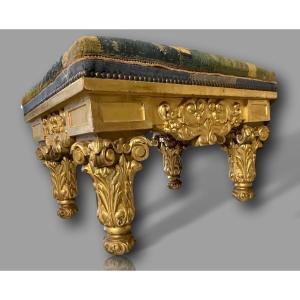








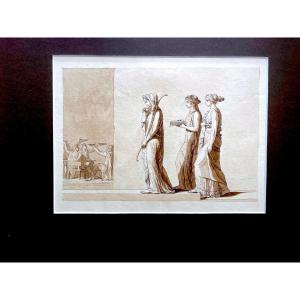
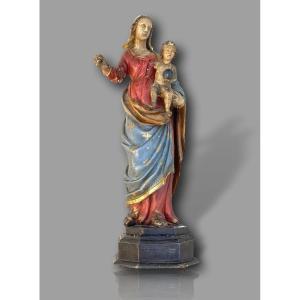



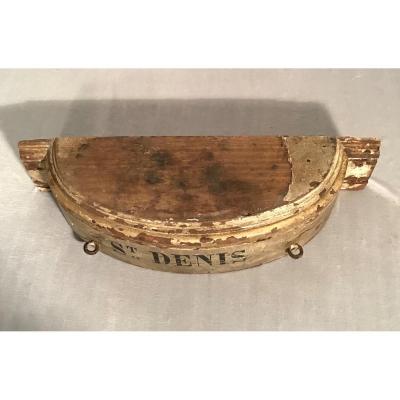

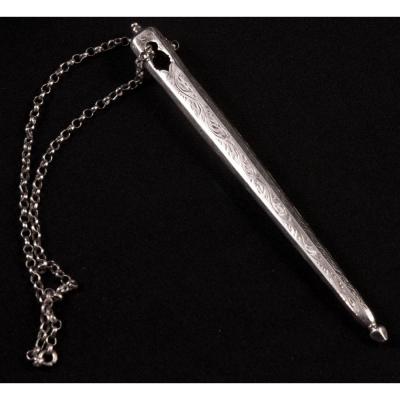





 Le Magazine de PROANTIC
Le Magazine de PROANTIC TRÉSORS Magazine
TRÉSORS Magazine Rivista Artiquariato
Rivista Artiquariato